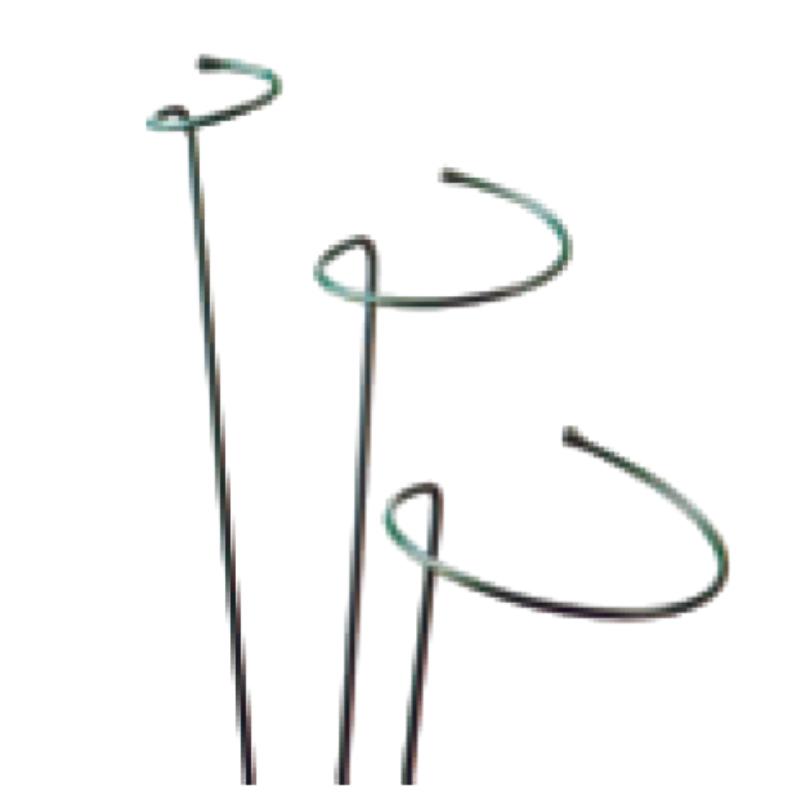-
Email:zhao@hyliec.cn
-
Tel:+86 311 85273988
-
WhatsAPP:8613931128750
-
 afrikai
afrikai -
 albán
albán -
 amhara
amhara -
 arab
arab -
 örmény
örmény -
 azerbajdzsáni
azerbajdzsáni -
 baszk
baszk -
 fehérorosz
fehérorosz -
 bengáli
bengáli -
 bosnyák
bosnyák -
 bolgár
bolgár -
 katalán
katalán -
 Cebuano
Cebuano -
 korzikai
korzikai -
 horvát
horvát -
 cseh
cseh -
 dán
dán -
 holland
holland -
 angol
angol -
 eszperantó
eszperantó -
 észt
észt -
 finn
finn -
 Francia
Francia -
 fríz
fríz -
 galíciai
galíciai -
 grúz
grúz -
 német
német -
 görög
görög -
 gudzsaráti
gudzsaráti -
 Haiti kreol
Haiti kreol -
 hausa
hausa -
 hawaii
hawaii -
 héber
héber -
 Dehogy
Dehogy -
 Miao
Miao -
 Magyar
Magyar -
 izlandi
izlandi -
 igbo
igbo -
 indonéz
indonéz -
 ír
ír -
 olasz
olasz -
 japán
japán -
 jávai
jávai -
 kannada
kannada -
 kazah
kazah -
 khmer
khmer -
 ruandai
ruandai -
 koreai
koreai -
 kurd
kurd -
 kirgiz
kirgiz -
 tuberkulózis
tuberkulózis -
 latin
latin -
 lett
lett -
 litván
litván -
 luxemburgi
luxemburgi -
 macedón
macedón -
 Malgashi
Malgashi -
 maláj
maláj -
 Malayalam
Malayalam -
 máltai
máltai -
 maori
maori -
 marathi
marathi -
 mongol
mongol -
 Mianmar
Mianmar -
 nepáli
nepáli -
 norvég
norvég -
 norvég
norvég -
 okszitán
okszitán -
 pastu
pastu -
 perzsa
perzsa -
 fényesít
fényesít -
 portugál
portugál -
 pandzsábi
pandzsábi -
 román
román -
 orosz
orosz -
 szamoai
szamoai -
 skót gael
skót gael -
 szerb
szerb -
 angol
angol -
 Shona
Shona -
 szindhi
szindhi -
 szingaléz
szingaléz -
 szlovák
szlovák -
 szlovén
szlovén -
 szomáliai
szomáliai -
 spanyol
spanyol -
 szundanai
szundanai -
 szuahéli
szuahéli -
 svéd
svéd -
 tagalog
tagalog -
 tadzsik
tadzsik -
 tamil
tamil -
 tatár
tatár -
 telugu
telugu -
 thai
thai -
 török
török -
 türkmén
türkmén -
 ukrán
ukrán -
 urdu
urdu -
 ujgur
ujgur -
 üzbég
üzbég -
 vietnami
vietnami -
 walesi
walesi -
 Segítség
Segítség -
 jiddis
jiddis -
 joruba
joruba -
 zulu
zulu
Metal Plant Supports
What Is The Support Structure Of A Plant?
The support structure of a plant refers to the system of tissues and organs that provide stability and enable the plant to maintain an upright position. This support structure includes several key components:
1. Cell walls: The rigid cell walls of plant cells provide structural support, especially in non-woody plants. The cell walls help maintain the shape and rigidity of the plant's cells, contributing to its overall structure.
2. Stems: Stems play a crucial role in supporting the plant and providing a framework for the attachment of leaves, flowers, and reproductive structures. The stems also facilitate the transport of water, nutrients, and sugars throughout the plant.
3. Roots: The root system anchors the plant in the soil, providing stability and support. Additionally, roots absorb water and nutrients from the soil, contributing to the overall health and growth of the plant.
4. Vascular tissues: Xylem and phloem are specialized tissues that form the plant's vascular system. Xylem transports water and minerals from the roots to the rest of the plant, while phloem transports sugars and other organic compounds to various parts of the plant.
5. Specialized structures: Some plants have specialized support structures, such as tendrils, thorns, or aerial roots, which aid in climbing, attachment, or additional support.
The combination of these structural elements allows plants to maintain their shape, withstand environmental forces, and support essential physiological processes.
Iron Plant Supports Faq
What are the benefits of using iron plant supports?
Iron plant supports offer durability and strength, making them suitable for providing robust support for heavy or sprawling plants. They can withstand the weight of mature plants and help maintain their shape and structure.
What types of plants are best supported by iron plant supports?
Iron plant supports are well-suited for providing support to a wide range of plants, including peonies, roses, delphiniums, and other tall or heavy-flowering perennials. They can also be used for supporting climbing plants such as clematis or sweet peas.
How should iron plant supports be installed?
Iron plant supports should be installed firmly in the ground to ensure stability. When supporting individual plants, place the support structure around the plant early in the growing season, allowing the plant to grow into and around the support naturally.
Are there different styles and designs of iron plant supports available?
Yes, iron plant supports come in various styles and designs, including hoop supports, grid supports, and individual stakes. These different designs cater to the specific needs of different types of plants and can provide effective support while enhancing the visual appeal of the garden.
How can iron plant supports be maintained?
To maintain iron plant supports, periodically inspect them for signs of rust or corrosion, especially if they are exposed to the elements. If rust is present, it can be removed using a wire brush, and the supports can be treated with a rust-resistant coating or paint to prolong their lifespan.






